Dishes that defines Philippines
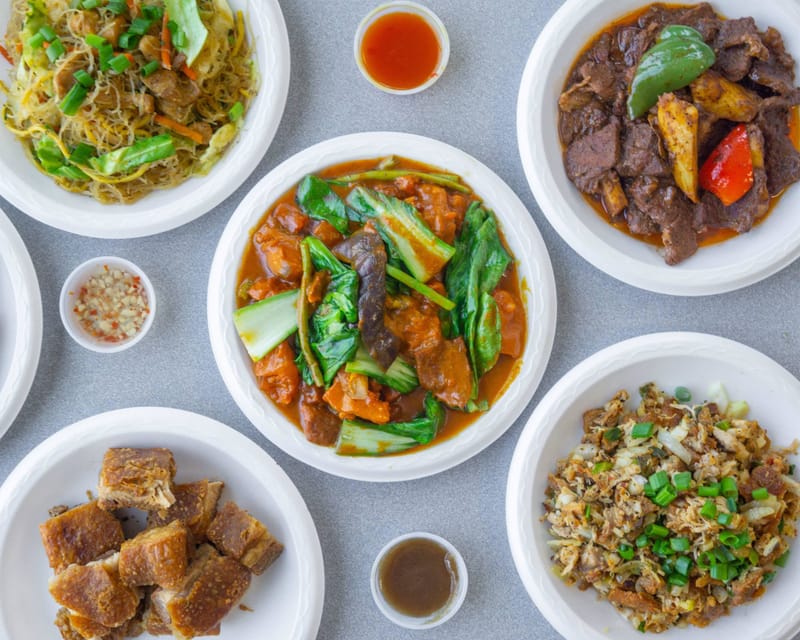
- ADOBO
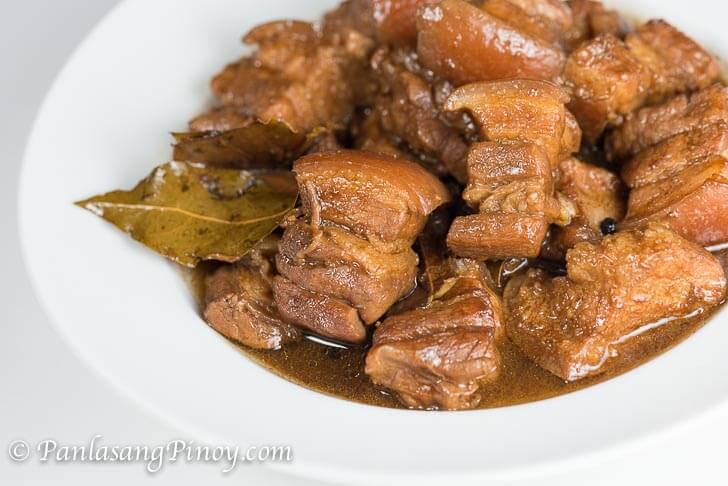
famously known in nationwide.Every region have their own variation of adobo.They have the traditional adobo,yellow adobo they so called the adobo with turmeric.White adobo or famously known as adobo sa gata.
- BALUT
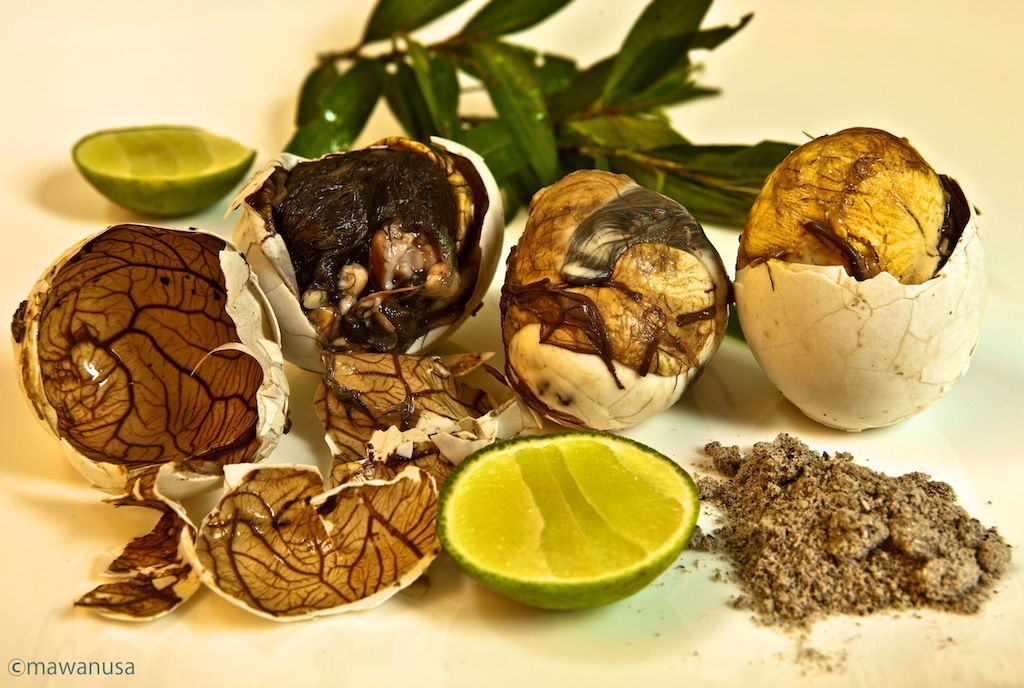
is a developing bird embryo (usually a duck) that is boiled and eaten from the shell. It is commonly sold as street food in the Philippines and Vietnam. The Tagalog and Malay word balot or balut means "wrap".
- LECHON
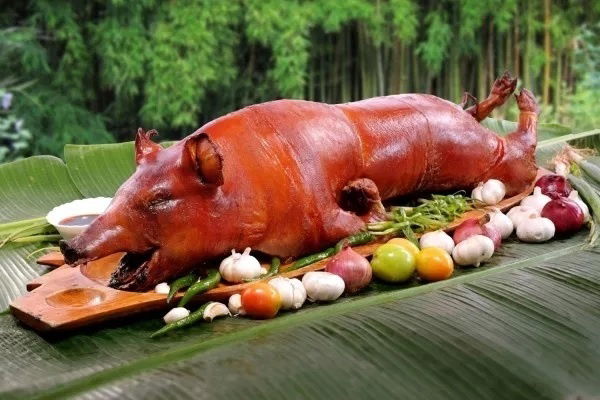
A dish made by roasting a whole pig over charcoal.It is often cooked during special occasion.
- SISIG
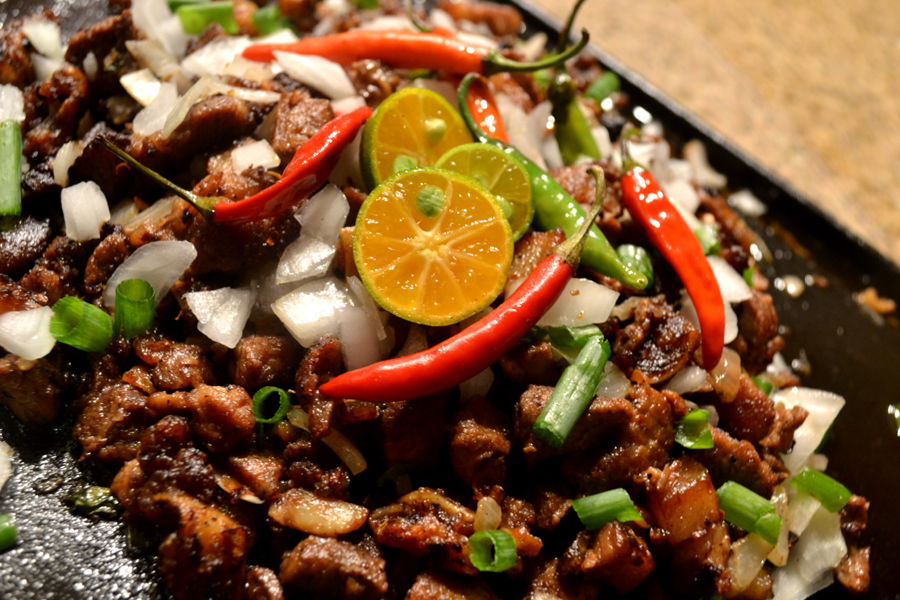
Fried and sizzled chopped bits of pig's head or liver,other versions using tuna or milkfish.Usually seasoned with calamansi and chilli peppers and sometime topped with an egg.
- KARE KARE
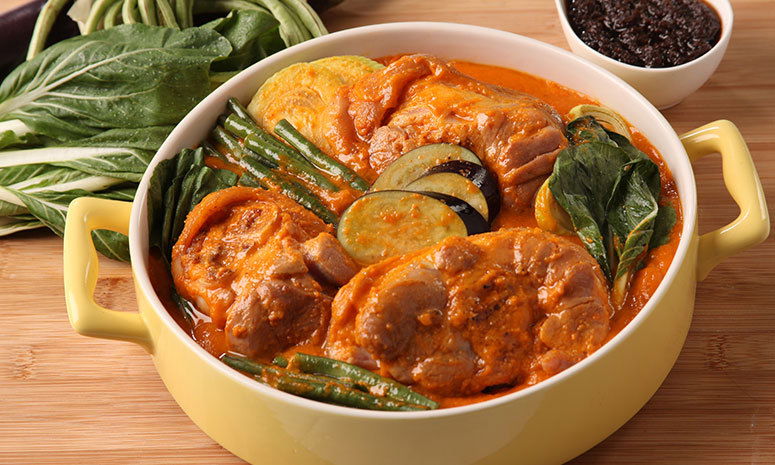
Kare-kare is a Philippine stew complemented with a thick savory peanut sauce. It is made from a variation base of stewed oxtail, pork hocks, calves feet, pig feet, beef stew meat, and occasionally offal or tripe.
- BICOL EXPRESS
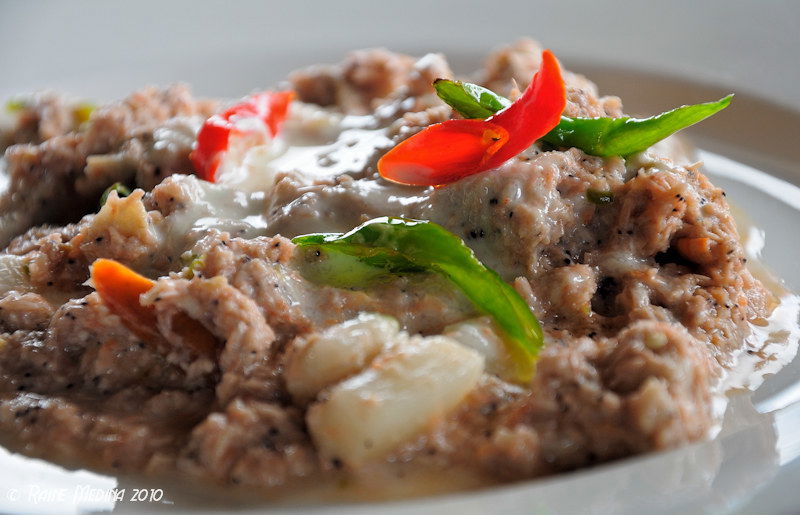
It is a stew made from long chilies (siling mahaba in Tagalog), coconut milk, shrimp paste or stockfish, onion, pork, and garlic.
- MORCON

Morcon is a popular Filipino dish commonly served on holidays and special occasions. Like its European counterpart, this Filipino-style roulade consists of a slice of beef rolled around choice fillings such as cheese, eggs, carrots, pickles, bacon and sausages, and then cooked by braising method.
- VIGAN EMPANADA
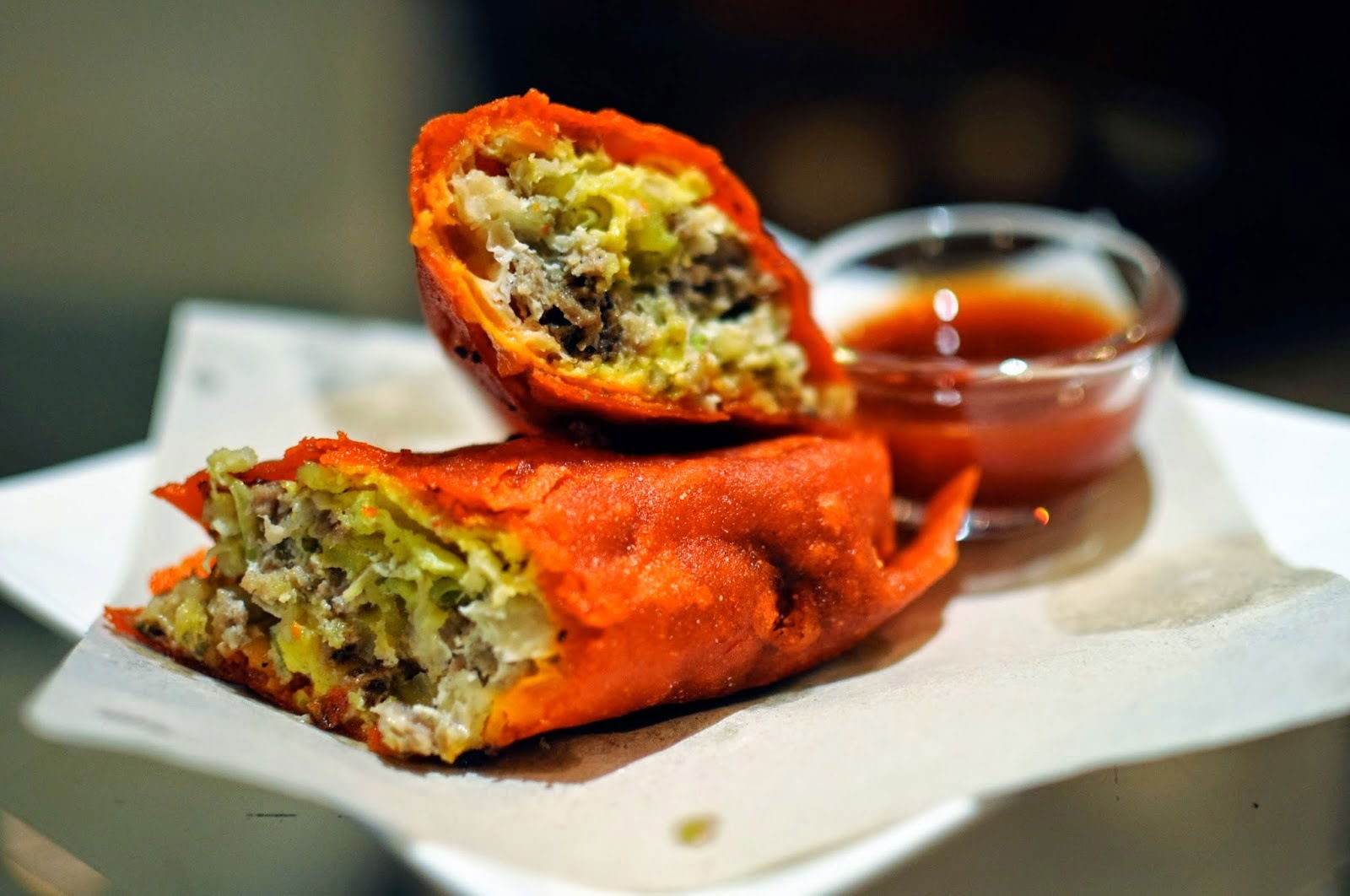
Vigan Empanada is a Filipino street food from Vigan, Ilocos Sur.A pocket pie prepared with an orange rice flour dough filled with delicious ground meat stuffed with grated green papaya, shredded carrots, whole egg and Vigan longaniza (breakfast sausage) and deep fried to make the outer layer crisp with a slightly chewy inside.
- BAGNET
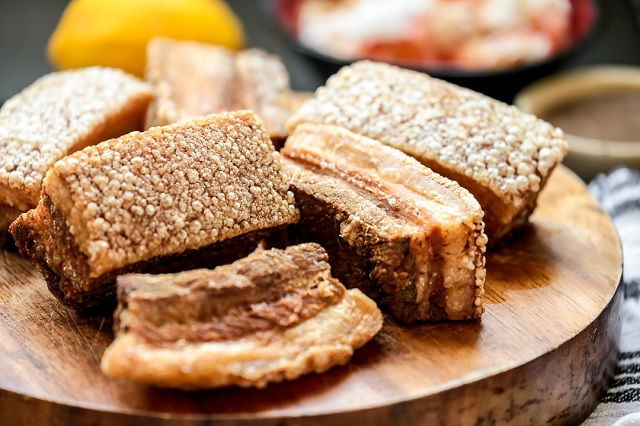
is a deep fried crispy pork belly dish that is similar to lechon kawali. It originated from Ilocos and is considered to be a top favorite among Filipinos. This is best served bagoong monamon (it is a dip made of fermented anchovies. )
- CHICHARON
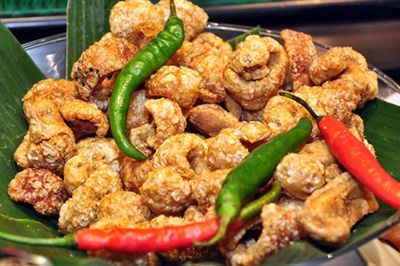
Tsitsaron, Pork Rinds, Ears & Chicken Skin. Chicharon is that flavorful, melt-in-your-mouth crunchy treat that satisfies your most intense snack cravings.
- BRINGHE
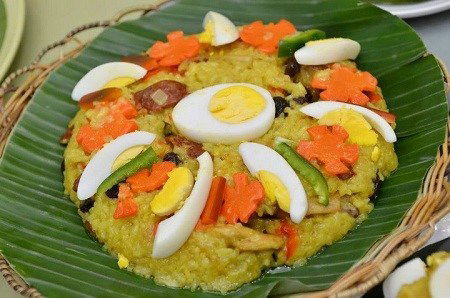
Bringhe, which is said to have originated from the northern province of Pampanga, is the Filipino’s indigenization of the Spanish paella. While the later is made of bomba or arborio rice flavored with saffron, our local version is glutinous rice cooked in coconut milk and turmeric powder which give it its distinct flavor and color.
- DINUGUAN
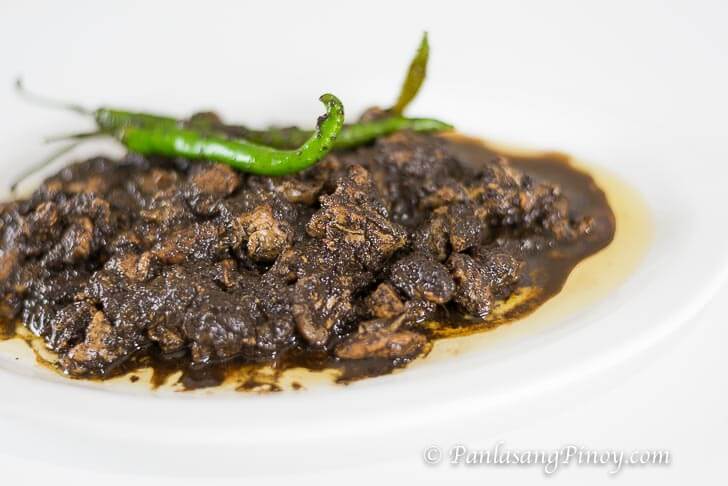
Dinuguan, which comes from the root word dugo (meaning “blood”), is a savory Filipino stew made of bite-sized pork cooked in pig’s blood, vinegar, and spices including garlic, onions, and chili peppers. Along with choice pork cuts, it also traditionally includes a variety of offal such as ears, intestines, heart, lungs, and kidneys.
- SINIGANG
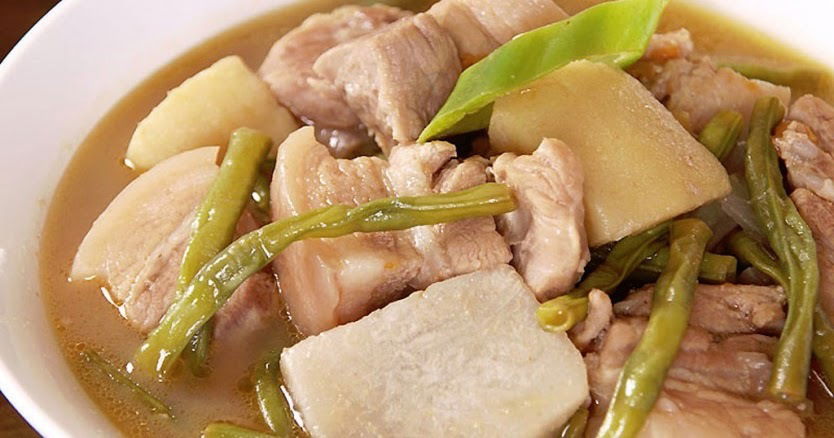
Sinigang is a sour soup native to the Philippines. This recipe uses pork as the main ingredient. Other proteins and seafood can also be used. Beef, shrimp, fish are commonly used to cook sinigang. The chicken version, on the other hand, is called sinampalukang manok.
- KINILAW
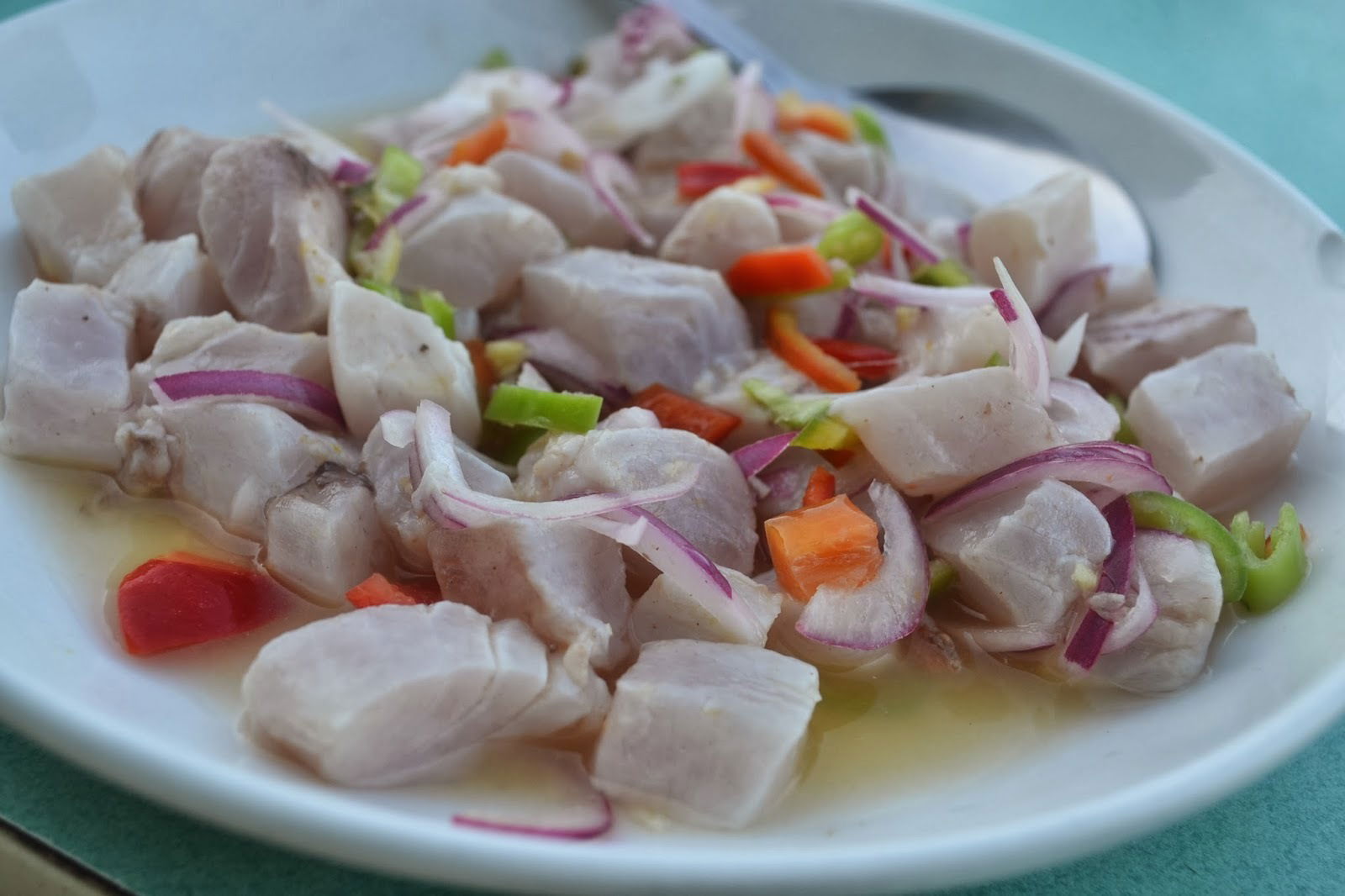
Similar to ceviche.A Cooking process that used vinegar to denature the ingredients.Usually to prepare raw seafood.It can also be used to prepare lightly cooked meat or vegetables.
- HALO HALO
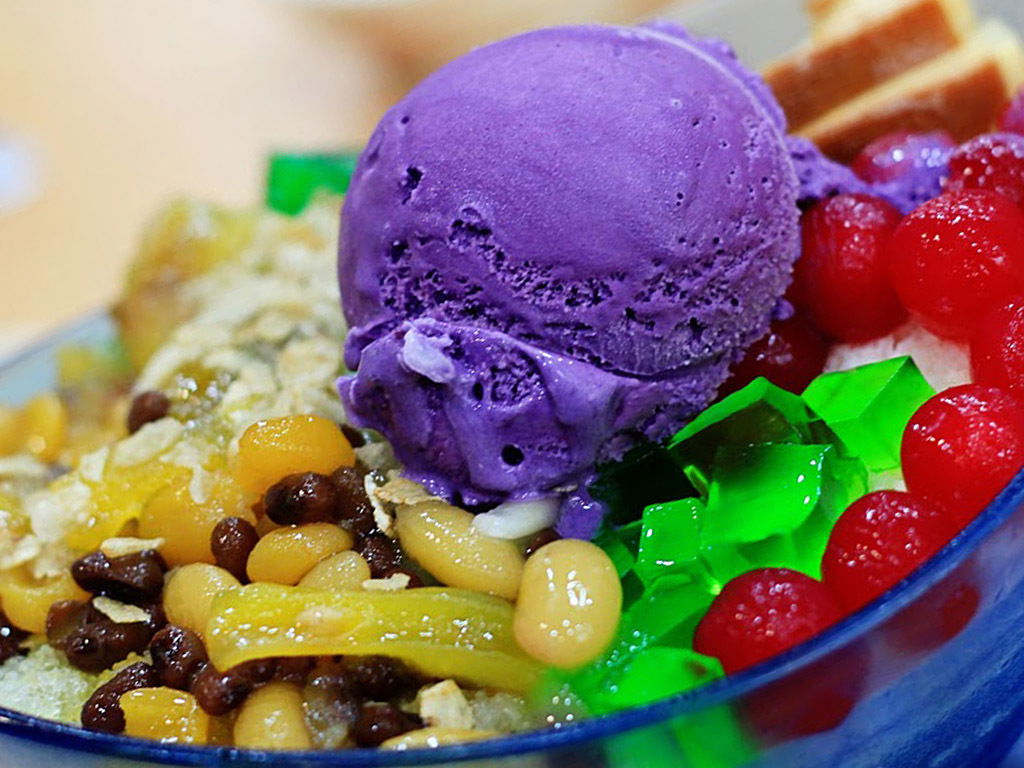
a Filipino dessert made with mixed fruit, boiled sweetened white beans, milk, and shaved ice, typically topped with purple yam, crème caramel, and ice cream.
- KAKANIN
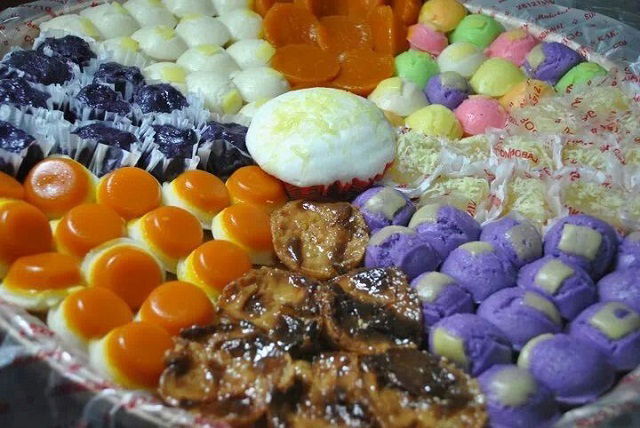
Kakanin is a whole genre of Filipino delicacies whose main ingredient is usually rice, sometimes corn or a root crop like cassava. Examples of popular kakanin are puto, kutsinta, palitaw, pitchi-pitchi, and tibok-tibok.



